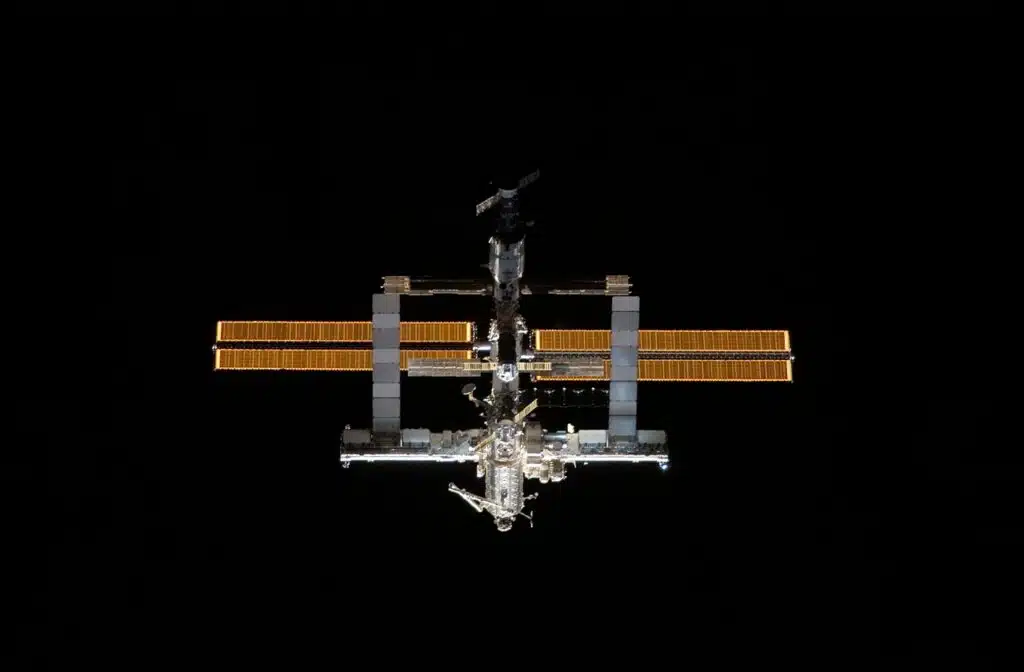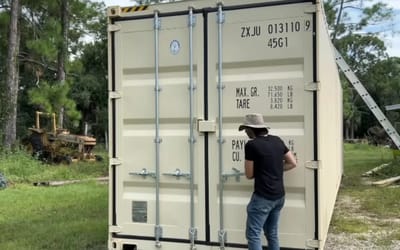NASA sends 500 pet photos into space using laser beams
- NASA transmitted over 500 pet photos to the International Space Station
- The images included NASA employees’ pets, ranging from cats and dogs to cows and snakes
- It’s hoped that NASA will one day be able to transmit video over billions of miles
Published on Jun 14, 2024 at 8:01 PM (UTC+4)
by Ben Thompson
Last updated on Jun 15, 2024 at 11:04 AM (UTC+4)
Edited by
Amelia Jean Hershman-Jones
Thanks to NASA, pet photos are no longer confined to the Earth – the whole universe can enjoy them.
One thing is for certain about us humans – we love showing people pics of our furry friends.
But 500 images is a lot by any animal lover’s standard.
READ MORE! China developing rail gun longer than Boeing 737 for launching astronauts into space
Why NASA sent pet photos into space
NASA has transmitted over 500 images of animals owned by NASA employees back and forth between Earth and the International Space Station.
This includes animals such as cats, dogs, cows, bats, pigs, and snakes, to name a few.
The space agency has done this as part of an effort to create high-bandwidth communications between Earth and the spacecraft.
It joins a ‘forever’ library on the moon that could last billions of years and outlast civilization.

It contains content from a massive 222 artists.
Transmitting images at a rate of 1.2 gigabits per second, these images were faster than most home internet speeds.
Back to the pet pics, and the data was sent from a mission operations center in Las Cruces, Mexico, to optical ground stations in California and Hawaii.
There, the data was turned into infrared light signal lasers.
They were then transmitted to NASA’s LCRD (Laser Communications Relay Demonstration) satellite, which is around 22,000 miles above the Earth.

Why the project happened
From there, the pictures made the final jump to an instrument on the outside of the ISS.
It’s hoped that one day HD photos and live video will be transmitted across billions of miles in deep space.
This would allow humans to watch in real-time as NASA spacecraft lands on Mars.
And tech in space is constantly advancing, with Ultra HD cameras being taken to space to stream stunning 4K video.
And an increasing amount of video is coming back from space, like India’s historic lunar space rover beaming back videos from the Moon’s South Pole.
DISCOVER SBX CARS: The global premium car auction platform powered by Supercar Blondie




